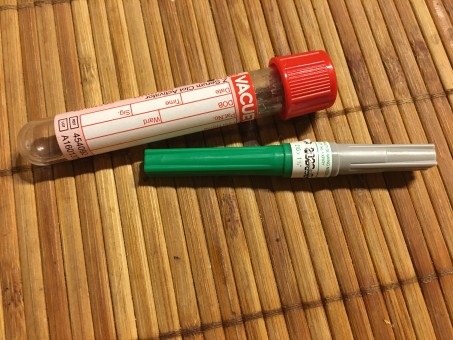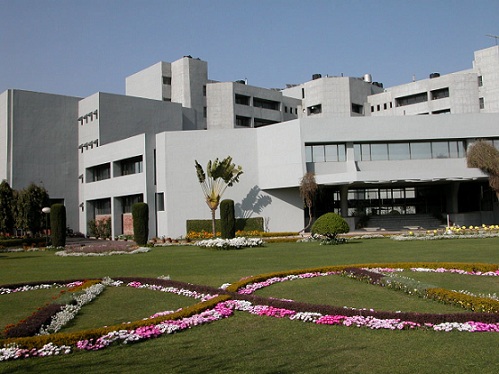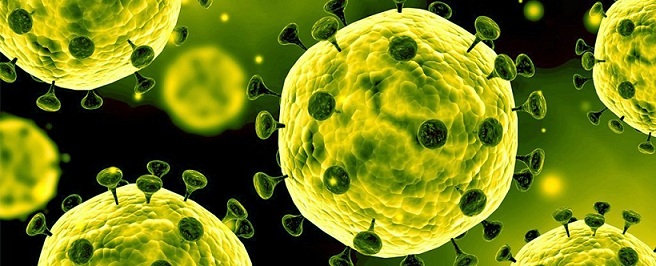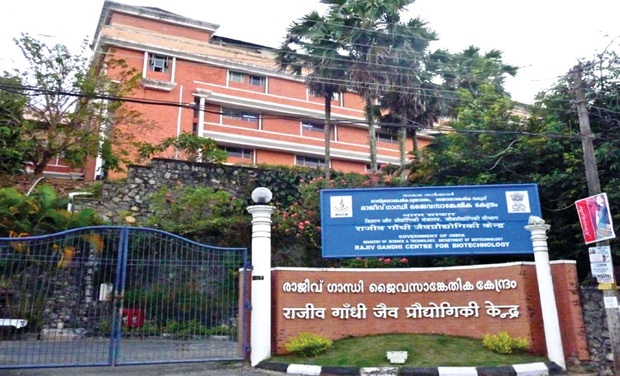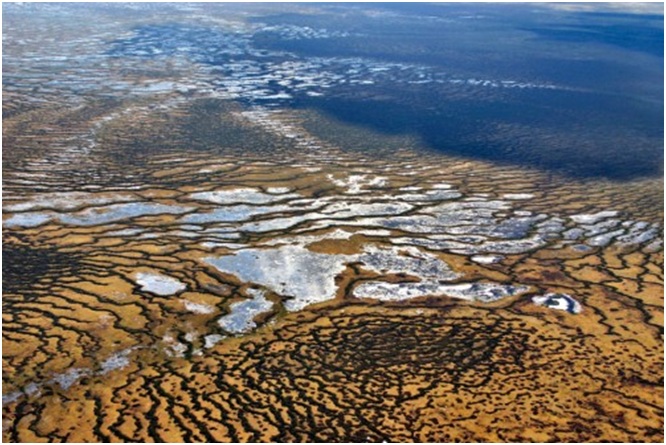
Scientists found massive loss of methane through anaerobic oxidation during bottom water anoxic events (oxygen-depleted conditions) in the summer monsoon of the west coast of India. It is revealed in a new study jointly conducted by the Centre for Marine Living Resources and Ecology (CMLRE), Kochi and the National Institute of Oceanography (NIO), Panji. This study provides an insight in understanding the methane cycling process and the pathways behind anaerobic oxidation, say researchers.
Anaerobic oxidation of methane (AOM) is generally considered as a microbial process occurring in anoxic marine and freshwater sediments.
Reduction in methane concentration under acute oxygen deficiency is a major relief to the environment because it helps in reducing the net greenhouse effect from the west coast region. The decrease in methane, a greenhouse gas (GHG), can help avoid potential climate tipping points and reduce environmental impacts due to global warming, ocean acidification, sea-level rise, etc. The decrease in methane may even reduce the formation of tropospheric ozone, which harms the health of humans and plants.
CMLRE-NIO conducted the studies to understand the distribution of methane and its emissions from the water column and to evaluate the influence of upwelling and estuarine contribution over the South Eastern Arabian Sea (SEAS) shelf.
CMLRE-NIO conducted the studies to understand the distribution of methane and its emissions from the water column and to evaluate the influence of upwelling and estuarine contribution over the South Eastern Arabian Sea (SEAS) shelf. Upwelling is an oceanographic phenomenon involving wind-driven motion of dense and cooler nutrient-rich water to the ocean surface replacing nutrient-depleted warmer surface water. The studies revealed that during the summer monsoon, oxygen-depleted conditions occur naturally from the convection of low oxygen waters onshore of the Arabian Sea, which occur on the continental shelf through a physiological process. Such low oxygen conditions induce biochemical changes in GHGs.
“Although anthropogenic effects on coastal oxygen depletion and cascading GHGs production are prominent, such effects are highly limited to near-shore regions only. This is because only less than 10% of anthropogenic nutrients are exported from Indian estuaries and the rest are recycling fast within estuaries and acting as sink zones. In a way, our coastal seas are being protected heavily by estuaries. Such low oxygen conditions induce biogeochemical changes in GHGs, suggesting that it is primarily a natural phenomenon,” said Dr. G.V.M. Gupta, a senior scientist at CMLRE.
The research team led by Dr Gupta comprised V. Sudheesh of CMLRE, Kochi and S.W.A. Naqvi of the Institute of Oceanography, Panaji. This study has been published in the Journal of Frontiers in Marine Science.
India Science Wire

